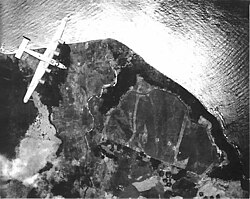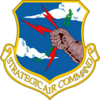This article's lead section may be too short to adequately summarize the key points.(September 2017) |
72d Test and Evaluation Squadron  | |
|---|---|
 B-2 Spirit landing at Whiteman AFB | |
| Active | 1918–1919; 1923–1947; 1947–1963; 1994–1996; 1998–present |
| Country | |
| Branch | |
| Role | Weapon system testing and evaluation |
| Part of | Air Combat Command |
| Garrison/HQ | Whiteman Air Force Base |
| Engagements | World War I World War II |
| Decorations | Distinguished Unit Citation Navy Presidential Unit Citation Air Force Outstanding Unit Award Philippine Presidential Unit Citation |
| Insignia | |
| 72d Test and Evaluation Squadron emblem (approved 14 February 1924) [1] |  |





The 72d Test and Evaluation Squadron is part of the 53d Wing at Eglin Air Force Base, Florida. The squadron is geographically separated but is operated from Whiteman Air Force Base, Missouri. It conducts testing and evaluation of the B-2 Spirit aircraft.


